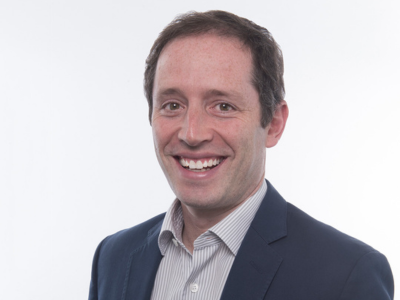Listen to this article
Behavioral scientist Hal Hershfield specializes in the impact of psychology on economic decisions of people. At Cafemutual Ideas Fest 2024, Hal explained how lack of emotional attachment towards our future affects our economic decisions in the present.
According to Hal, making people save for their retirement or any long-term financial goal is not about telling people what to do repeatedly. Hal found during his research that the root cause of people not investing or saving for future is because they have no emotional connection with their future selves. He also found that people perceive their future selves as other people. To make investment for their future for a lot of people is like doing a favor to someone they have no emotional connection with. Hal believes that if we are emotionally connected to our future selves, we are likely benefit our future version. For this, Hal recommends three strategies:
- Bring your future self closer to your present: According to Hal, a good way to evoke emotion in people about their future self is through images and stories. Research in Mexico showed that when people were asked to invest for their retirement with a message and an AI-generated image of their future, it led to better response than just sending the message alone. Similarly, writing letters to one’s future self or writing something from the point of view can make people care about their future self.
- Finding a way to stay course with commitment devices: This strategy accepts that a present version of you cares about the future and wants to work towards it. However, somewhere along the way, you may lose accountability. Commitment devices like negative incentives for spending more than what is needed can help people stay on course in their efforts to make a better future.
- Dial down the pain of sacrifices made in the present: This strategy accepts that there is a distance between our present and future selves and it is impractical to suffer too much in the present for a better future. So, it asks to make sacrifices in the present that are less painful. For example, Hal shares how people at an office were asked to save $150 a month for their retirement. The same was revised later as asking people to save $5 a day. The response from the employees increased from 7% to 30% when they were given the second option as the employees felt that the sacrifice of $5 a day is less painful compared to $150 a month.
Hal concludes the session by reminding everyone that it is not practical to keep sacrificing the present for a better future. Hence, it is necessary to have a harmony between the present and the future: one should aspire to live for the moment and also for tomorrow.







